It’s spring, which means we are coming up on tick season in the Northeast. We live in Rhode Island, which means we do have ticks, especially out in the woods where we force our children to hike most weekends. Within the past few years, we’ve had a number of tick bites, including several on my son and one that I found on my stomach in the shower (gag).
Ticks are one of my husband’s primary nemeses. In the spring, he treats our clothes and boots with an anti-tick spray and then walks around the woods loudly announcing that he hopes ticks land on his boots so they will shrivel and die (I don’t know if this is actually how the spray works). Anytime we are outside, even in the middle of the winter, he insists on a nightly tick check.
What I am saying here is that ticks occupy significant brain space in our house. And while I definitely roll my eyes, he is not completely wrong. Where we live, ticks carry Lyme disease, which can be debilitating if not caught early. And Lyme is not uncommon — the CDC estimates almost 500,000 cases a year.
Today’s post is, therefore, three things.
First: If you’re interested in ticks in general (who isn’t!) and how to think about length of exposure, removal, and how worried you should be, there is this post from the archive. It’s everything you wish you didn’t need to know about ticks. There is also a great graphic on how to respond if you find a tick on your child (or you).
Second: a discussion of Lyme disease in kids — what to look for, when it might be a diagnosis, a bit on treatment.
Third: some exciting notes about a possible Lyme disease vaccine, currently in trials, which will make my household very happy.
Lyme disease in kids
Lyme disease is a tick-borne bacterial illness, caused by a family of spirochete bacteria. Other bacteria in this family cause syphilis and a number of other febrile illnesses. The big-picture overview on Lyme is that it is very treatable if caught early but can be more resistant to treatment if caught only later.
If you find a tick on your child, even if it has been there for several days, you are in a relatively good position, Lyme-wise. As I talk more about in the tick post linked above, depending on the length of time the tick has been there, it may or may not make sense to treat the child with antibiotics prophylactically (i.e. before you see any symptoms). But even if you do not, you can watch carefully, and if a rash develops, you can treat quickly.
Things can become more complicated when the tick exposure is unknown. For example, a tick can bite, stay for several days, and fall off without your knowing (in some cases, they are extremely small — it’s easy to miss, even if you’re with your child a lot).
In about 89% of cases in kids, Lyme disease will manifest as a rash. The rash is often a distinctive bullseye shape but may simply be a red circle. If your child (or you, but I’m focusing today on kids) has this rash and no other symptoms, the disease is considered “early localized.”
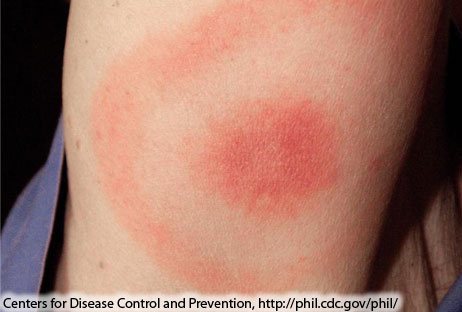
Treatment for Lyme at this point is typically done with doxycycline, an antibiotic, for 10 days. Younger children may sometimes be treated with amoxicillin for a slightly longer time frame. Full recovery is about 95% after this treatment, and generally within a few weeks or sooner.
If Lyme progresses without treatment, it moves from localized to “early disseminated.” This may happen within weeks or months of not being treated, often if the early rash was not present or was missed. Disseminated disease is categorized by a rash plus other symptoms. For children, the primary other symptoms are multiple rashes, facial nerve palsy, meningitis, and carditis. It is common for children to have fever, fatigue, and headache and generally feel crummy.
Facial nerve palsy — which is second to multiple rashes as the common presentation in kids — is a condition characterized by partial paralysis of a part of the facial muscles. Kids may have trouble closing an eye, resulting in irritation.
If a child presents to a doctor with some combination of these symptoms, they will typically be tested for Lyme — in some cases, a persistently unwell child even without a specific symptom will warrant a test. There are some complications about the value of this testing, since Lyme does not always show up quickly in the bloodstream.
At this stage, the treatment for Lyme also starts with doxycycline. Depending on the severity, it may also be necessary to treat with other IV antibiotics, although a long course of oral antibiotics is generally preferred (14 to 21 days).
If Lyme is not recognized or not effectively treated, it is possible for it to manifest months later with different symptoms. The most common of these is arthritis, especially in the knee. Lyme arthritis would be suspected if a child had a swollen and tender knee joint, with the ability to walk but with some difficulty.
The treatment here is also doxycycline, typically for a longer period (28 days). In these cases, there is a need for more follow-up to ensure that symptoms are resolving.
In all three cases, the basic idea is the same: This is a bacterial infection, with a bacteria that is especially responsive to doxycycline (and other antibiotics). The more established the infection is, the more treatment you need. A quick note: In about 15% of cases, people with Lyme get worse (fever, fatigue) in the first day of therapy (this is called a Jarisch-Herxheimer reaction). It is not a signal to stop treatment but a signal that it’s working.
Final point: There is discussion and debate about chronic Lyme disease, which is a poorly understood condition. Limited evidence in children does not suggest that long-term non-specific consequences are common. If this is in your set of concerns, it’s worth diving in much more deeply with a trusted doctor.
A Lyme disease vaccine!
It would be great to have a Lyme disease vaccine. Even though the disease is largely treatable, if you miss the tick and the rash, the symptoms can be scary and take a while to resolve. Treatment with antibiotics for a month is a recipe for feeling terrible stomach-wise. At the moment, however, the only available vaccine is for dogs.
There used to be a human Lyme vaccine! It was called LYMErix, and it worked. Unfortunately, after some (probably unfounded) concerns about adverse reactions, demand went down, and 20 years ago it was pulled off the market.
Now Pfizer is in the game with a new possible vaccine, which targets a protein on the outer surface of the Lyme bacteria. The vaccine is currently in Phase 3 trials, meaning it’s out in the world, being tested for efficacy in people in areas where Lyme disease is common. It’s already been through trials for safety and for an immune response, so this is the last in-the-field test that the FDA requires. If the trial is successful, the company will submit for FDA approval. This is likely to be a few years. The Phase 3 trial began in August 2022, and these things take time to enroll, to generate follow-up data, and to submit.
Until then…
Until then, what are the lessons here?
First: re-read that tick piece! The best way to avoid Lyme, plus all the other tick-borne diseases, is to check yourselves for ticks. Please also enjoy this wonderful song about the romance of doing so.
Second, if your child does show up with a characteristic rash, see a doctor even if you didn’t see a tick there. Treating early is better.
Third, depending on where you live, Lyme is worth keeping in mind as a possible diagnosis if your child has facial palsy, unusual rashes, or arthritis in the knee. Your doctor is likely to suspect it, but it’s always good to be your own informed advocate.
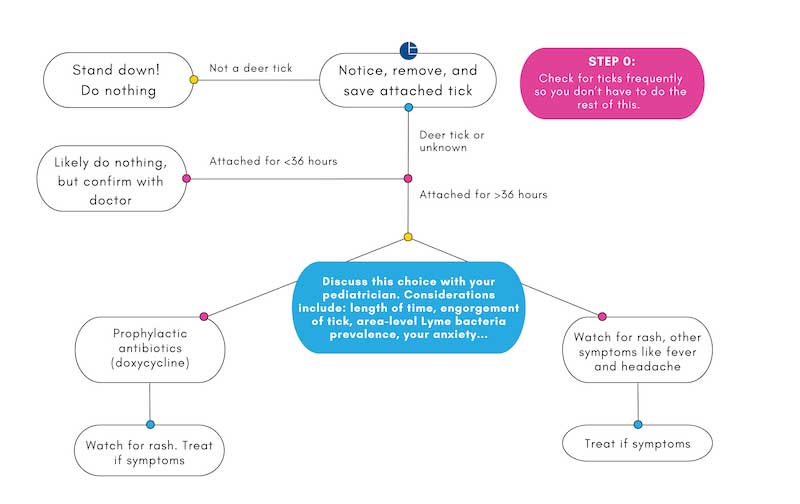











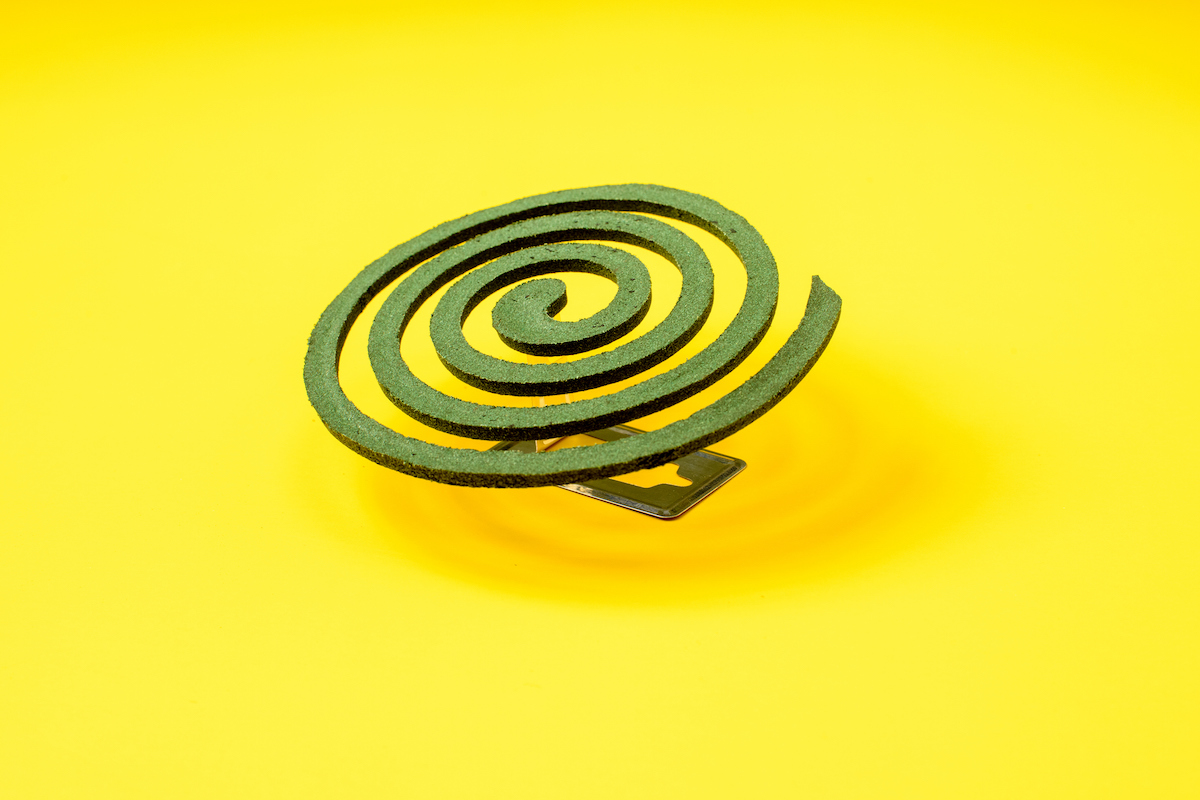
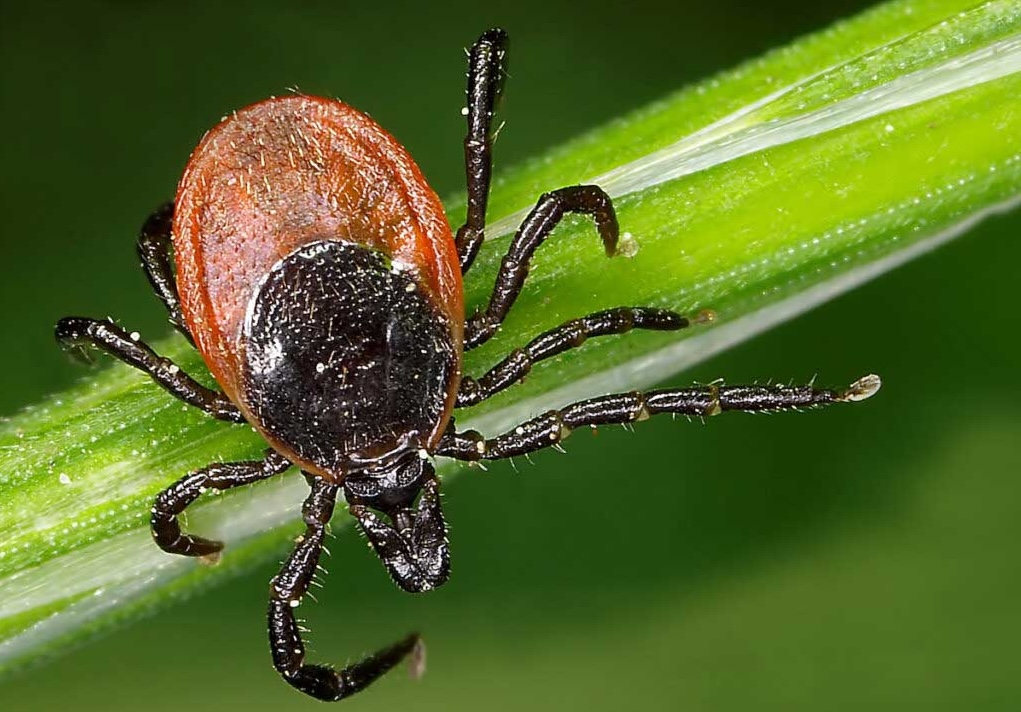
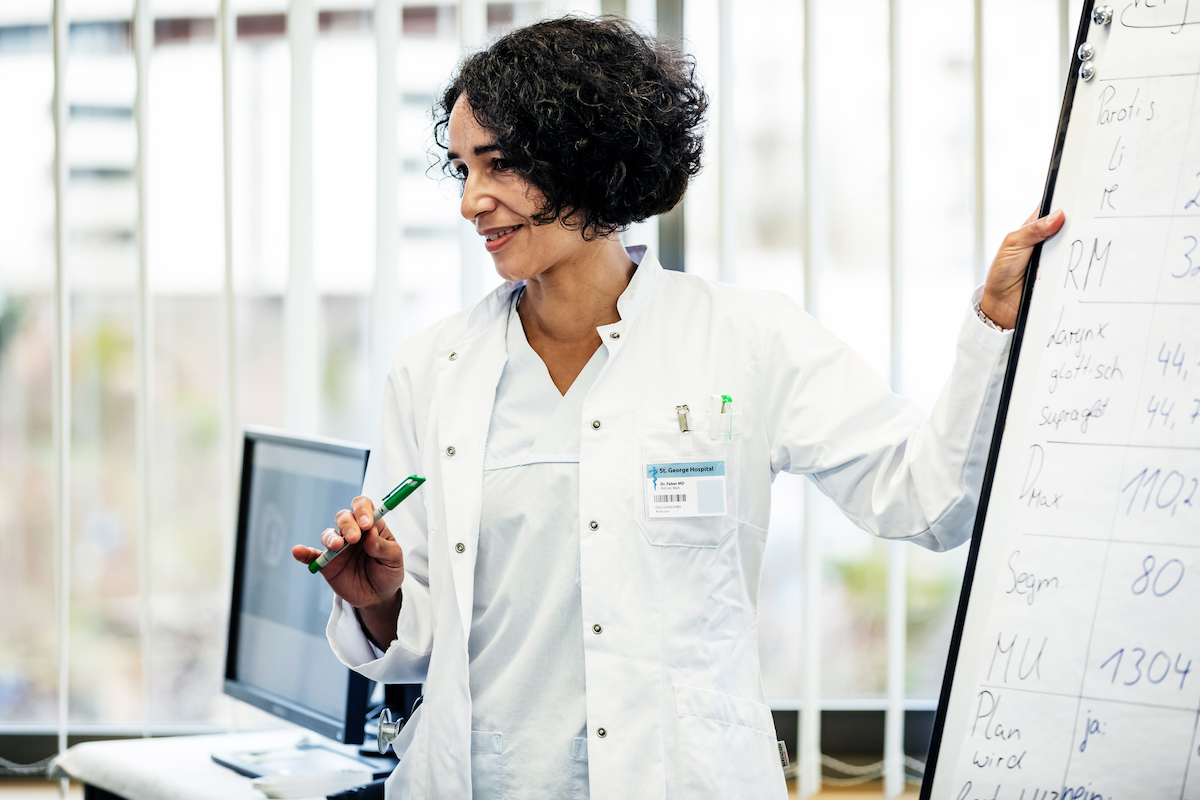
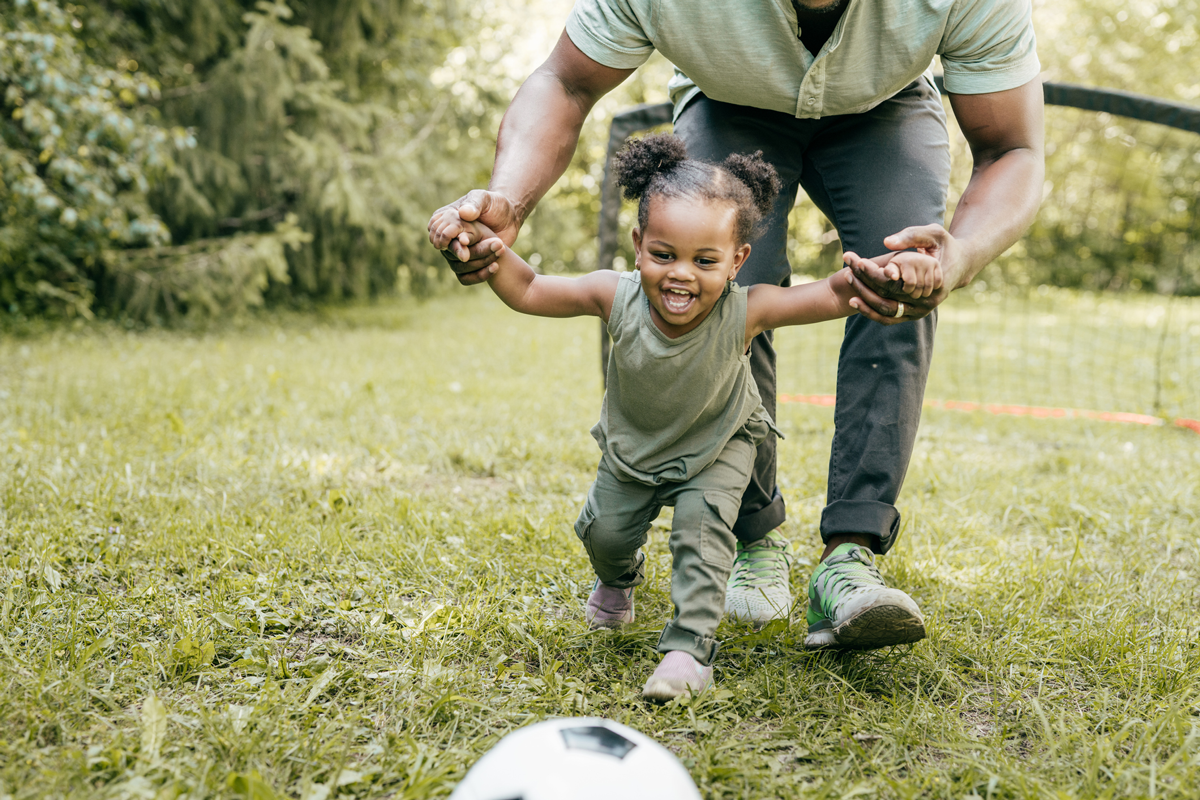

Log in